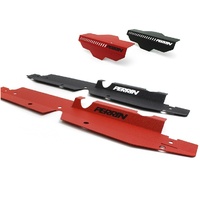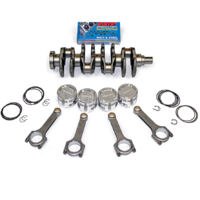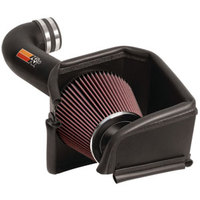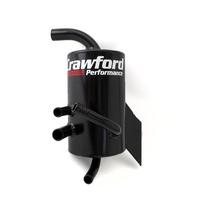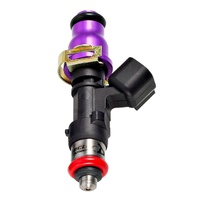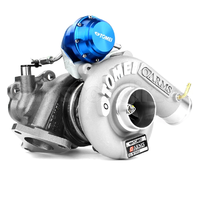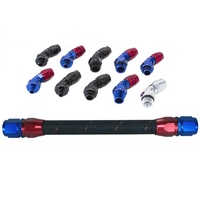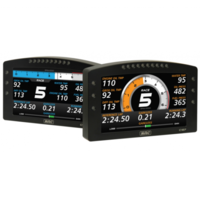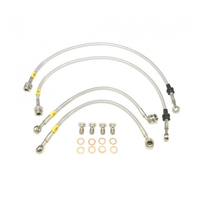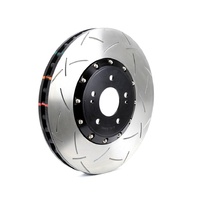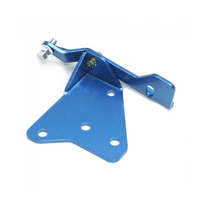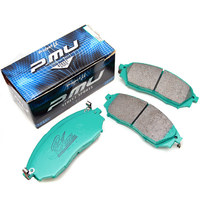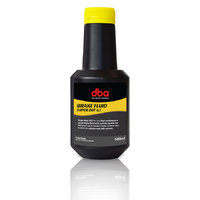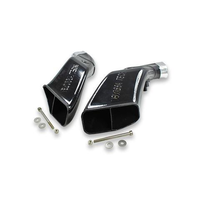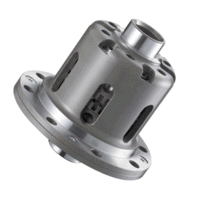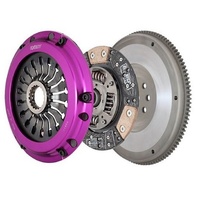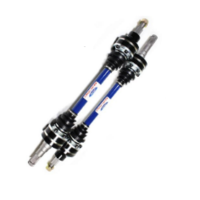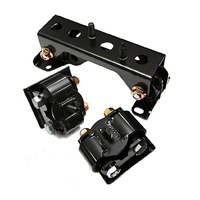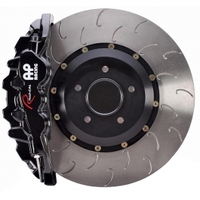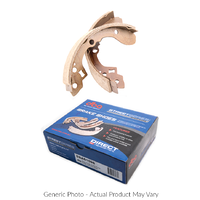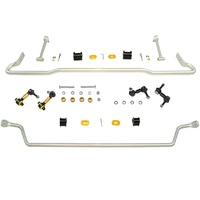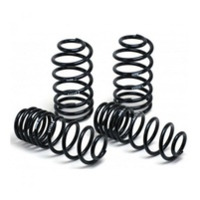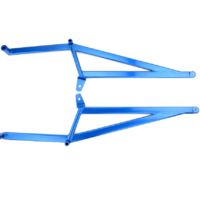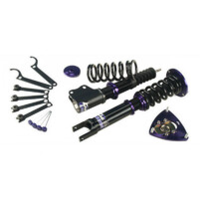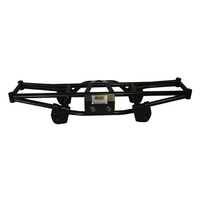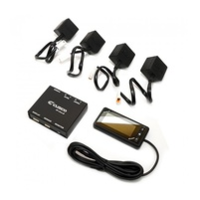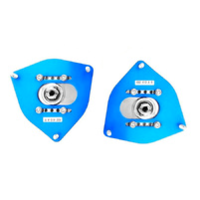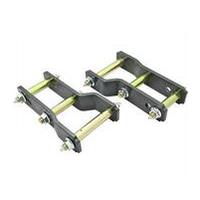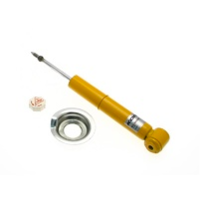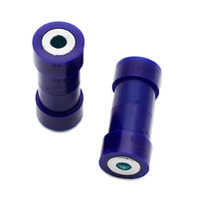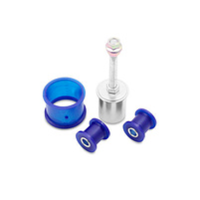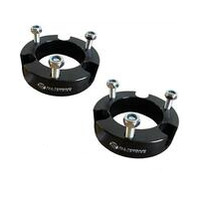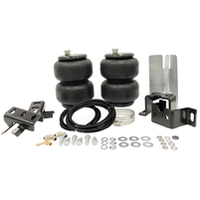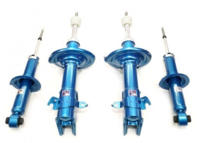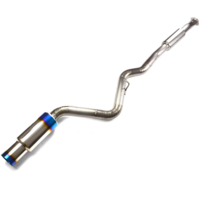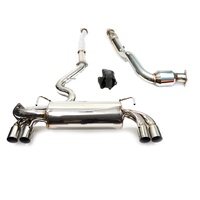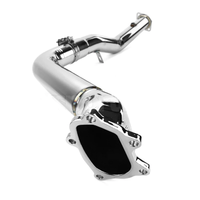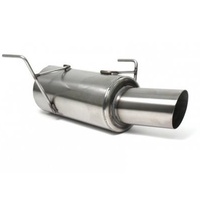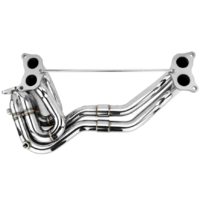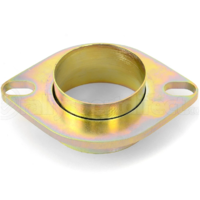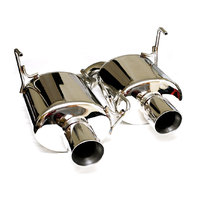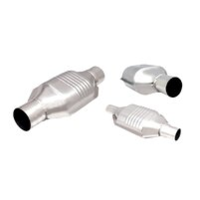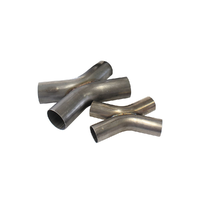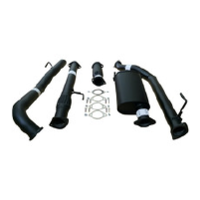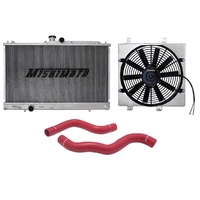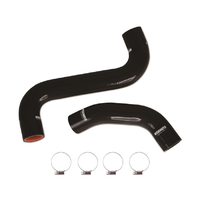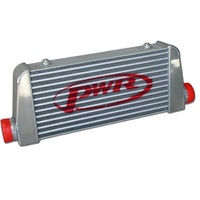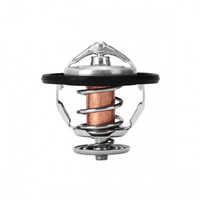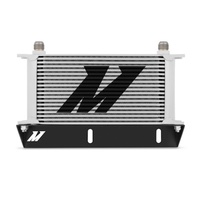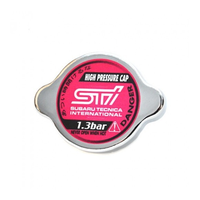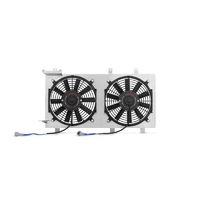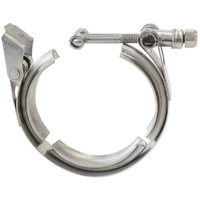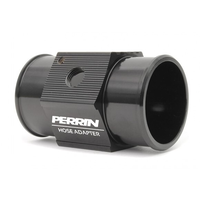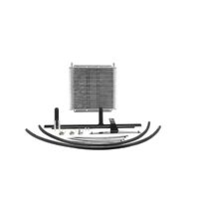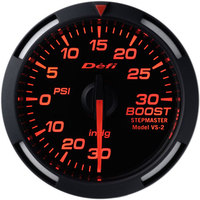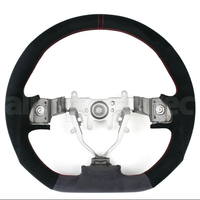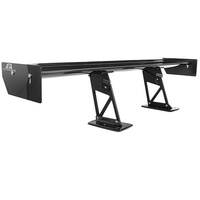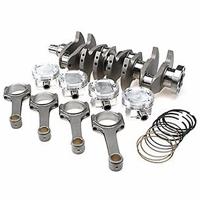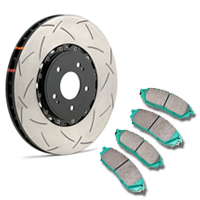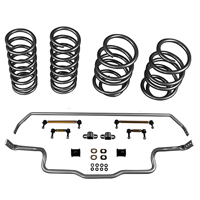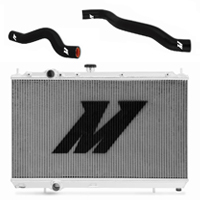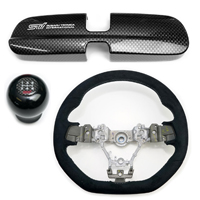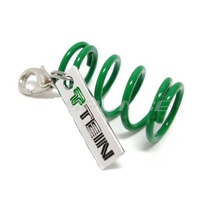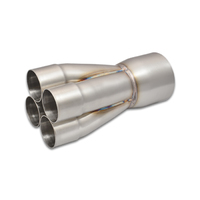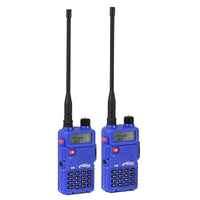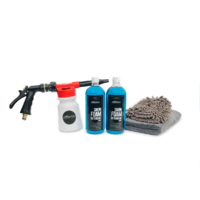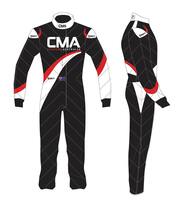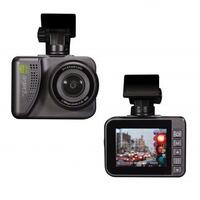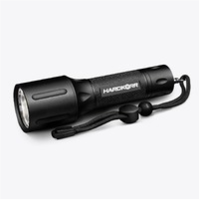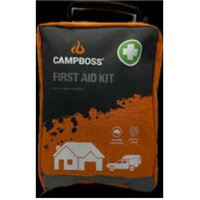Do throttle controllers work? And if so, how do they function? This is one of those headscratchers that non-gear heads have to ponder. This article aims to demystify these devices, exploring their functionalities, addressing frequently asked questions, and offering insights into their potential impact on your vehicle's performance.
From understanding how they work to deciphering their impact on fuel economy and engine wear, this guide will equip you with the knowledge to navigate the world of throttle controllers. Let's unveil the truth and help you make an informed decision about their suitability for your driving needs.
Throttle Controllers & Vehicle Performance
Throttle controllers enhance vehicle performance by manipulating the signal sent between the accelerator pedal and the engine. They primarily aim to reduce throttle lag, the delay between pressing the pedal and the engine responding. This leads to quicker acceleration, improved responsiveness, and a more direct connection between driver and vehicle. Additionally, throttle controllers can optimise performance for specific situations, such as towing heavy loads, and even offer customisation options for a more personalised driving experience.
By digging into their functionality, our aim is to focus on how these devices manipulate the signal between the accelerator pedal and the engine, thereby impacting vehicle performance. Additionally, we will explore the benefits associated with using throttle controllers, including improved responsiveness, enhanced performance in specific situations, and efficiency improvements.
What is a Throttle Controller?
At its core, throttle controllers are devices that modify the communication between your car's accelerator and the engine. The newest versions are digital — these tools are designed to modify the electronic signal you spark the minute your foot presses down on the accelerator to the vehicle's engine control unit - ECU. They intercept and modify this signal to change the response and sensitivity of the throttle, allowing for adjustments to throttle sensitivity, acceleration, and fuel efficiency. This allows you to fine-tune the responsiveness and acceleration of your vehicle, often resulting in quicker, more engaging driving experience.
Meanwhile, traditional throttle systems were mechanical, consisting of a throttle body and plate, and linkage that controlled the flow of air into the engine. The driver's input on the accelerator pedal is directly linked to the throttle system, which then adjusts the amount of air entering the engine based on the pedal position.
If you have a classic car, chances are that you are dealing with a traditional system — modern vehicles adhere to a digital platform and a digital control.
How Does a Throttle Controller Work?
Let’s break it down and dissect the specifics - at a mechanical level - on how a throttle controller works:
- Signal Interception: The controller physically connects between the accelerator pedal and the Engine Control Unit - ECU, intercepting the voltage signal.
- Signal Modification: The controller manipulates the voltage signal based on its settings and internal algorithms.
- Modified Signal Transmission: The controller sends the modified voltage signal to the ECU.
- ECU Interpretation: The modified signal is interpreted as if it originated directly from the accelerator pedal and commands the throttle body accordingly.
Throttle Controller and Engine Management System Interaction
The throttle controller and engine management system - EMS - regulate the car's performance. The controller intercepts the voltage signal from the accelerator pedal, amplifying or modifying it according to its settings. This altered signal is then sent to the EMS, which interprets it as the driver's intended demand for power. Then, the EMS arranges various engine parameters to deliver the desired acceleration. This intricate collaboration ultimately determines the responsiveness, performance, and overall driving experience.
Benefits of Throttlе Controllеr
- Improvеd throttlе rеsponsе and accеlеration: By eliminating the delay between pedal press and engine response, throttle controllers deliver quicker, more precise control, leading to a more connected driving experience and noticeably faster acceleration.
- Enhanced vehicle performance for different driving conditions: Offer a range of modes to optimise performance for different driving scenarios. Sport Mode unleashes responsiveness for an exhilarating drive, while Eco Mode prioritises fuel efficiency. Off-road Mode grants precise control for tackling rough terrain, and Valet Mode restricts power for added security, making your vehicle adaptable to diverse needs.
- Better fuеl еfficiеncy: Eco Mode on some throttle controllers optimises acceleration for fuel efficiency, potentially boosting MPG during highway cruising and gentle driving. Also, by eliminating jerky throttle inputs contributes to smoother acceleration, further enhancing fuel economy in stop-and-go traffic situations.
Different Typеs of Throttlе Controllеrs
Let's compare the features and benefits of the different types of throttle controllers and how to select the right type based on driving preferences and vehicle specifications.
Manual/Analog Throttle Controllers
- Features: Consist of a physical dial or knob that allows the driver to manually adjust the throttle sensitivity or responsiveness. They are simple, easy to install, and require no additional power source.
- Benefits: Provide real-time customization and immediate response, allowing drivers to fine-tune the throttle sensitivity according to their preference. They enhance throttle feel and reduce lag, leading to improved acceleration and better control.
Electronic/Digital Throttle Controllers
- Features: Electronic throttle controllers utilize electronic signals to modify the throttle response. They often come with pre-set modes or adjustable settings that can be customized.
- Benefits: Offer a wide range of adjustments and customizable options. They can improve throttle response, reduce lag, and enhance driving dynamics.
How do I choose the right type?
- Driving Prеfеrеncеs: If you want immеdiatе control and thе ability to finе-tunе throttlе sеnsitivity on thе go, a manual/analog throttlе controllеr may bе thе bеst choicе. If you prеfеr a morе advancеd and customizablе option, with multiplе additional fеaturеs, an еlеctronic/digital throttlе controllеr would suit you bеttеr.
- Vеhiclе Spеcifications: Chеck if your vеhiclе has a traditional mеchanical or an еlеctronic throttlе control systеm. Analog throttlе controllеrs arе compatiblе with thе formеr, whеrеas еlеctronic throttlе controllеrs arе rеquirеd for thе lattеr.
Misconceptions About Throttle Controller
Throttle Controllers Only Increase Speed
These controllers also provide the ability to adjust the sensitivity of the throttle pedal, allowing for better control and a more personalized driving experience. They can improve acceleration, reduce throttle lag, and enhance overall throttle feel, resulting in smoother and more precise driving.
Throttle Controllers Only Increase Fuel Consumption
When used properly, they can improve fuel efficiency. By enhancing throttle response and reducing lag, drivers can optimize their driving habits, resulting in less aggressive acceleration and smoother transitions, which can positively impact fuel economy.
Throttle Controllers Are Just a Gimmick
While they might not be essential for every driver or vehicle, they can provide noticeable improvements in throttle response and overall driving experience. Drivers who have used them report smoother acceleration, reduced lag, and increased control and confidence behind the wheel.
Summing Up
Throttle controllers unlock your vehicle's true potential by modifying the relationship between your pedal press and engine response. They improve acceleration, enhance fuel economy, and provide smoother towing, all while adapting to diverse driving styles and conditions. Discover a more responsive, dynamic, and enjoyable driving experience by exploring the world of throttle controllers.

